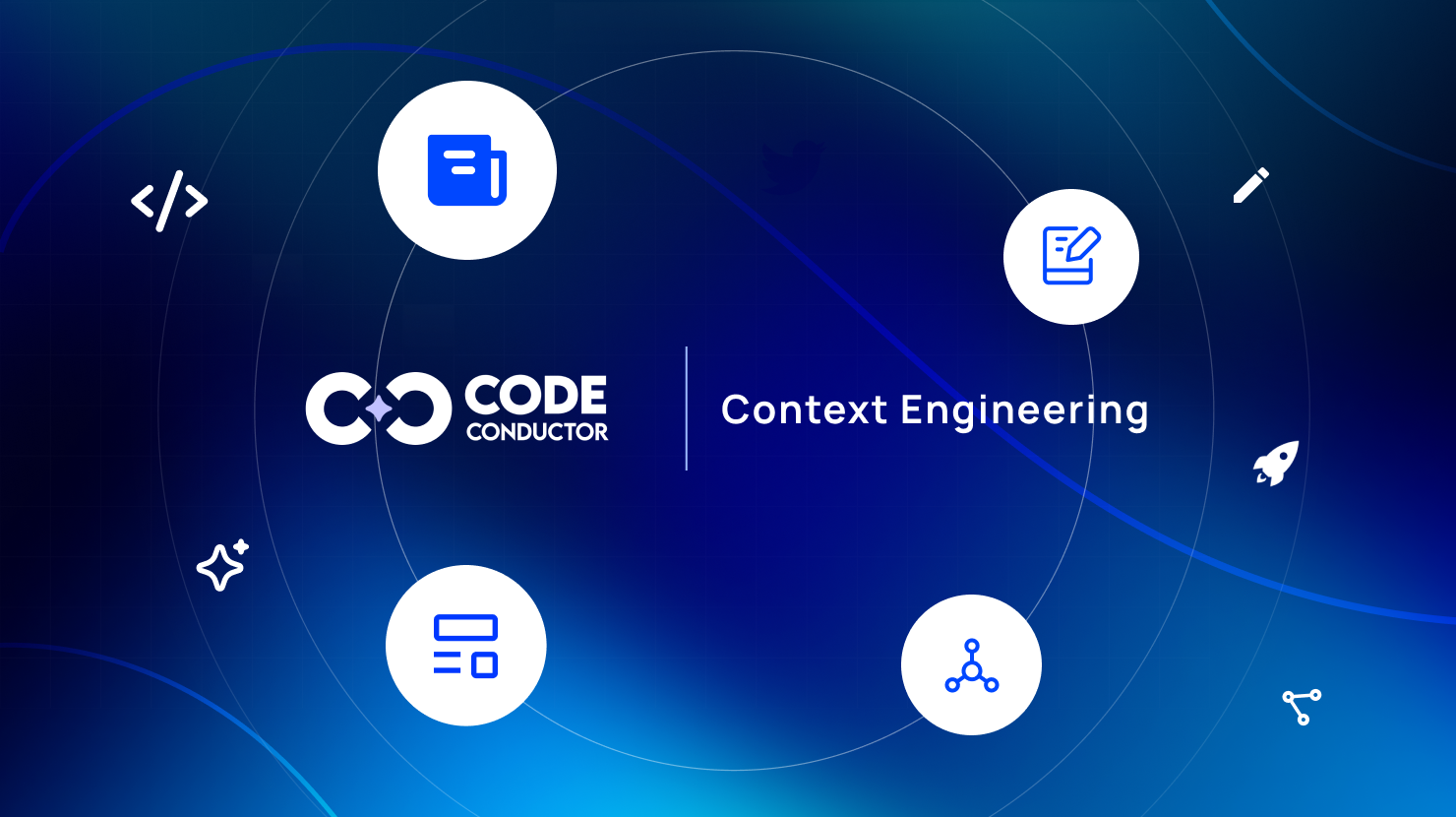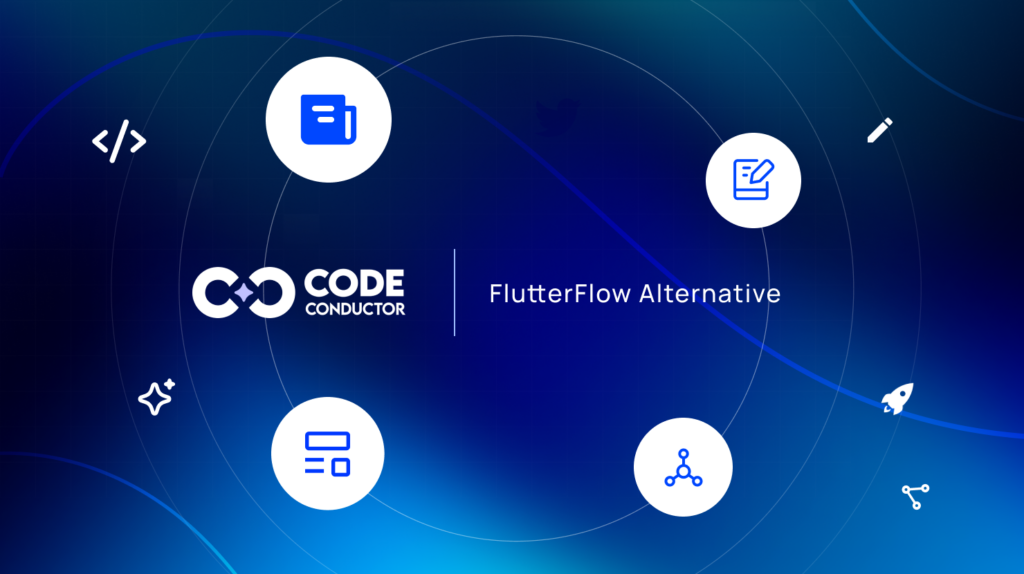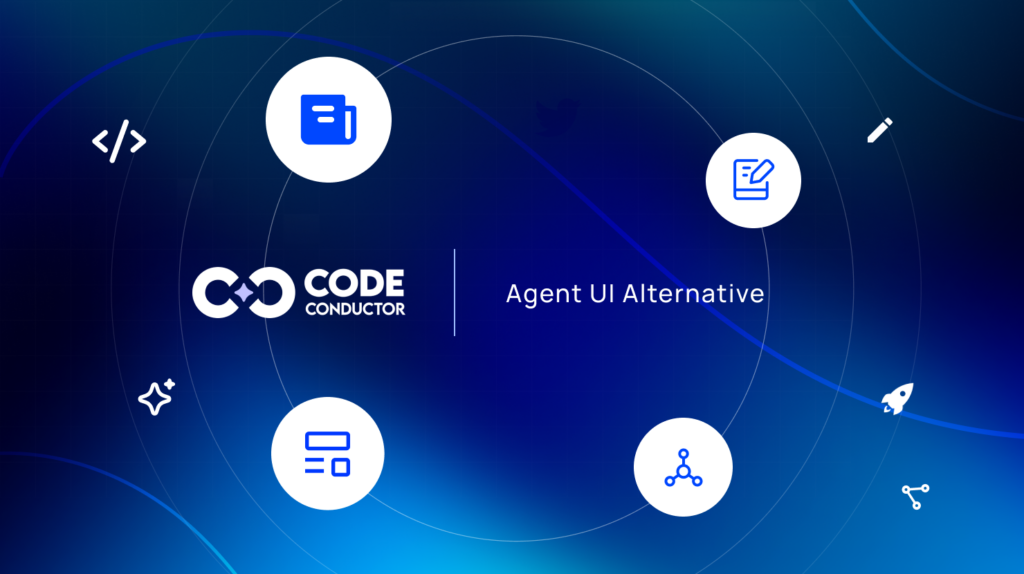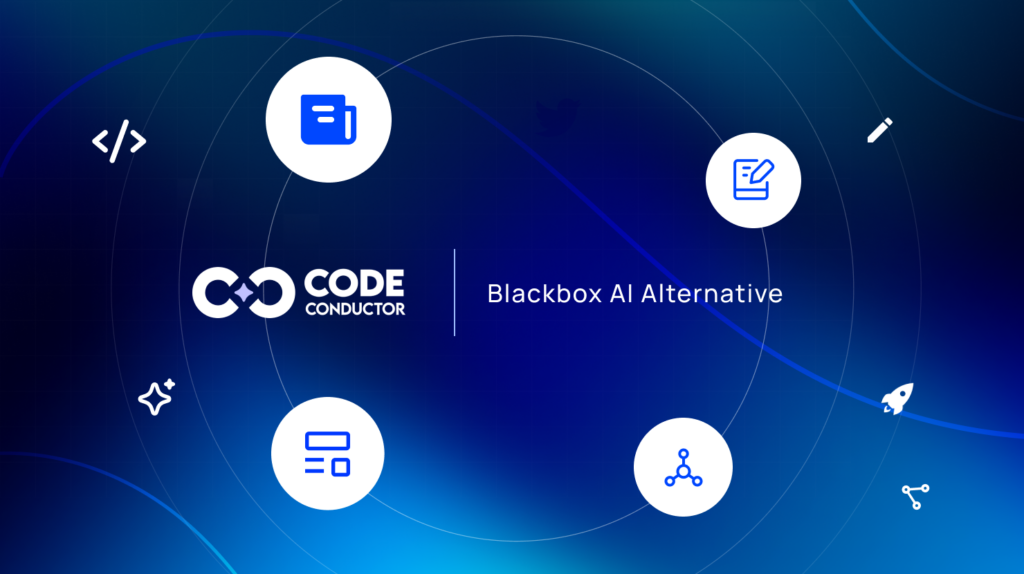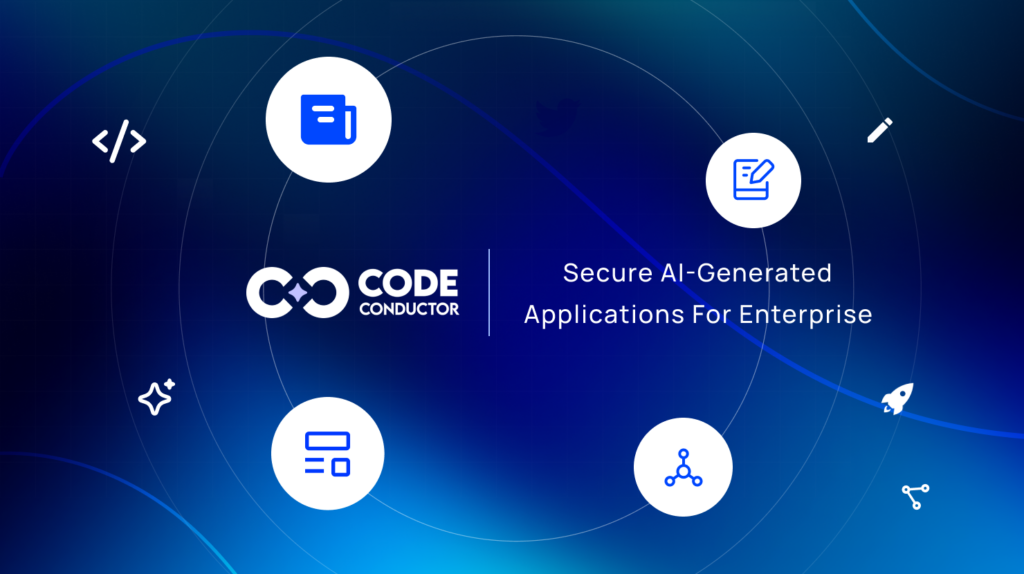Summarize and analyze the key insights at:
In the evolving landscape of artificial intelligence, one truth is becoming increasingly clear: the quality of your model’s input determines the quality of its output. For years, the conversation has centered on prompt engineering, crafting clever, concise prompts to elicit better responses from large language models (LLMs) like GPT-4. However, as LLMs have grown more capable and the systems surrounding them have become increasingly complex, a new discipline has emerged that’s reshaping how we interact with AI: context engineering.
Unlike prompt engineering, which focuses on the how of asking, context engineering is all about the what: what data, knowledge, tools, memory, and structure are provided to the model to guide its behavior. It treats the model not as a static chatbot, but as a programmable, context-aware engine capable of reasoning, chaining thoughts, invoking tools, and collaborating with other agents.
From retrieval-augmented generation (RAG) pipelines to AI assistants, modern systems rely heavily on well-structured, dynamic context to power intelligent behavior. Whether you’re building copilots for developers or deploying multi-agent workflows, context engineering is the silent force driving performance, precision, and reliability.
In this blog, we’ll break down what context engineering really is, how it differs from traditional prompt engineering, and how it works under the hood. You’ll explore core pillars, real-world examples, advanced strategies, and emerging tools all with a clear focus on practical implementation. If you’re looking to level up your AI systems, mastering context engineering isn’t optional; it’s essential.
In This Post
- What Exactly Is Context Engineering?
- Traditional Prompt Engineering vs. Context Engineering
- The Pillars of Context Engineering
- Context Engineering in Practice
- Advanced Context Engineering Strategies
- Will Context Engineering Solve All AI Problems?
- Why Is Context Engineering Important?
- How CodeConductor Helps with Context Engineering
What Exactly Is Context Engineering?
Context engineering is the practice of intentionally designing and managing the input that surrounds a large language model (LLM) during a task. It goes beyond just writing a prompt. It’s about shaping the environment in which the model operates, the background knowledge, retrieved data, tools, and structured inputs that inform its reasoning and responses.
At its core, context engineering addresses the question: What should the model know before it begins generating output?
While prompt engineering focuses on the phrasing of a question or command, context engineering involves curating all the surrounding information that provides meaning, guidance, and relevance. This includes documents retrieved from databases, user history, intermediate steps, tool definitions, prior outputs, and other relevant information. In short, it’s about designing the full context window, the totality of what the model sees at inference time.
Context is not just about dumping more data into the model. It’s about strategic input design. The goal is to feed the model only what it needs, no more, no less, in a format that enhances understanding, relevance, and control. This can include using structured templates, ranking and filtering retrieved results, and injecting real-time tool responses into the input.
Modern AI systems, especially those involving agents or tool-augmented workflows, rely heavily on context engineering. It determines how an LLM interprets a task, what information it relies on, and how it sequences decisions. In effect, context engineering transforms LLMs from reactive tools into programmable systems, systems that can reason, retrieve, adapt, and act intelligently across complex tasks.
Traditional Prompt Engineering vs. Context Engineering
As the capabilities of large language models (LLMs) have evolved, so has the way developers and AI practitioners interact with them. Two common methods often surface when optimizing LLM outputs: prompt engineering and context engineering. While they may seem similar, they serve different purposes and operate at different levels of abstraction.
Prompt engineering is about crafting effective instructions. It focuses on the exact wording used to guide a model toward a desired output. This could involve few-shot examples, structured question phrasing, or even psychological cues designed to “nudge” the model in the right direction.
Context engineering, on the other hand, goes beyond syntax. It involves managing everything the model sees at runtime, including retrieved documents, system state, prior outputs, tool definitions, memory, and even results from external APIs. It is a broader, system-level approach to shaping AI behavior.
Here is a detailed comparison:
| Feature | Prompt Engineering | Context Engineering |
|---|---|---|
| Scope | Text-based instructions or prompts | Full input design including tools, memory, and data |
| Granularity | Sentence or paragraph level | System or pipeline level |
| Main Focus | Phrase structure and tone | Information selection, ordering, and formatting |
| Input Type | Static or semi-dynamic templates | Dynamic, multi-source, structured input |
| Used For | Single-turn queries, formatting responses | Complex reasoning, multi-turn interactions, tool use |
| Strengths | Fast to iterate, easy to debug | High flexibility, more control over model behavior |
| Limitations | Limited by prompt length and ambiguity | Requires infrastructure, risk of context overload |
| Examples | “Act like an expert. Explain X in simple terms.” | Include retrieved docs, prior steps, tool outputs |
| Common Tools | Prompt IDEs, prompt libraries | RAG pipelines, agent frameworks, orchestration tools |
In many systems, both approaches are used together. A well-structured prompt is often nested within a broader context that includes data retrieval, session memory, and tool outputs. However, as LLMs are integrated into more sophisticated workflows, such as coding assistants, customer support agents, or research copilots, context engineering becomes a more powerful and scalable approach.
The Pillars of Context Engineering
To engineer high-performing AI systems, you need more than a clever prompt. You need control over what the model sees, how it interprets input, and how it adapts across tasks. That’s where context engineering becomes a system design discipline — not just a prompt-writing trick.
At its foundation, context engineering rests on four core pillars. These serve as the building blocks for constructing intelligent, context-aware LLM workflows.
1. Context Composition
Context composition is about selecting the right ingredients. These can include:
- Retrieved documents from vector databases or APIs
- Tool definitions and capabilities
- User instructions and goals
- Session history or previous outputs
- System metadata or schema
Think of composition as the raw materials of an LLM’s environment. The more precise and task-aligned they are, the more accurate and useful the output becomes.
2. Context Ranking and Relevance
More context is not always better. Irrelevant or noisy inputs can confuse the model or cause it to focus on the wrong signals. That’s where ranking comes in.
This pillar involves techniques like:
- Embedding-based similarity scoring
- Keyword matching and metadata filtering
- Recency or priority weighting
- Elimination of duplicate or low-quality chunks
The goal is to prioritize the most relevant and high-impact pieces of information. This ensures the model’s attention is directed where it matters most.
3. Context Optimization
LLMs have limited context windows. That means you cannot feed them everything. You need to optimize what goes in.
This includes:
- Truncating irrelevant sections
- Compressing long documents into summaries
- Merging overlapping content
- Using token-efficient formatting (e.g. JSON vs. verbose text)
- Context optimization ensures you stay within system limits while preserving as much signal as possible.
4. Context Orchestration
Context is not static. In real-world systems, it is generated dynamically based on the task, user input, tool state, or previous steps. This is where orchestration comes in.
Common orchestration strategies:
- Using logic-based pipelines to assemble context at runtime
- Injecting outputs from tools or function calls
- Chaining multi-step reasoning through context memory
- Controlling the flow of information between agents
- Context orchestration makes your LLM system adaptive, modular, and scalable. It enables real-time reasoning, tool usage, and multi-turn continuity.
These four pillars, composition, ranking, optimization, and orchestration, form the foundation of effective context engineering. When combined, they give you precise control over what the model sees, how it reasons, and how it performs across complex workflows.
Context Engineering in Practice
While context engineering may sound abstract at first, it is already a core part of how many real-world AI systems function. From search-augmented answers to autonomous agents and code assistants, context-driven design is the key to building scalable, intelligent applications powered by large language models.
Retrieval-Augmented Generation (RAG) Systems
In RAG pipelines, the model is supplied with relevant documents or knowledge snippets retrieved in real time from an external source. These systems typically use vector databases, semantic search, and chunking strategies to assemble high-relevance context before the prompt is sent.
By separating long-term knowledge storage from the model itself, RAG allows developers to inject fresh, domain-specific, or personalized information into the LLM’s input space. Context engineering plays a vital role in how documents are selected, ranked, and formatted for these pipelines.
AI Agents and Tool-Based Workflows
In agent-based systems, context evolves dynamically in response to the task, system state, and tool outputs. These architectures rely heavily on orchestration to maintain memory, route outputs between steps, and structure the input context for each decision-making phase.
Tools like Knolli.ai, AutoGen, and CrewAI utilize modular context construction, combining retrieved documents, tool responses, and prior actions into a unified prompt for each agent. Context engineering ensures the right data is presented at the right time, enabling more accurate and coherent reasoning.
AI Coding Assistants
Developer-focused tools are also embracing context engineering to enhance the intelligence of code suggestions, explanations, and refactoring. These assistants ingest entire codebases, track edits across files, and use project structure as part of their context window.
Tools like CodeConductor, Windsurf, and Cursor are designed to automatically extract and inject relevant code snippets, documentation, or history into the model’s input. This contextual layer allows them to generate more accurate completions and explanations without requiring repeated prompts.
Context engineering is no longer optional for advanced AI applications. It is the backbone of systems that retrieve, reason, act, and adapt in real time.
Advanced Context Engineering Strategies
As AI systems become more sophisticated, the demand for precise and efficient context control grows. Beyond basic prompt design or static context injection, advanced strategies are required to manage scale, performance, and output quality. These techniques allow developers to stretch the capabilities of LLMs while staying within strict context window and token limits.
Context Masking and Filtering
Not all retrieved or generated context should be visible to the model at all times. Masking involves selectively hiding or suppressing parts of the context depending on the task, user input, or execution stage. Filtering ensures only the most relevant data survives the pipeline, reducing noise and improving precision.
This approach is useful in multi-turn conversations, agent-based workflows, or any system where large volumes of context need to be managed dynamically.
Prefix and Suffix Caching (KV-Cache)
Many LLMs support caching of key-value (KV) pairs for repeated prompt segments. This allows for reusable instructions, static context, or formatting blocks to be stored and referenced efficiently across interactions.
Prefix caching can include general task instructions, while suffix caching may contain output formatting rules or logging instructions. Proper use of caching reduces latency and avoids unnecessary token consumption.
Summarization and Compression
When raw documents or outputs are too large, summarization is used to condense information into a compact, task-relevant format. Compression may also involve rephrasing text, stripping redundancy, or converting verbose content into structured formats like JSON or YAML.
The goal is to maximize the signal-to-token ratio. Summarization can be applied at multiple levels, from retrieved documents to long histories of prior interactions.
Chunking and Sliding Windows
Instead of sending large context blocks at once, chunking breaks content into smaller, semantically coherent pieces. A sliding window strategy can then pass these chunks sequentially, allowing the model to focus on one portion at a time while preserving temporal or logical flow.
Chunking is often used in long-document processing, large codebase navigation, or real-time context updates in streaming systems.
Hierarchical Context Design
Hierarchical context allows systems to organize input into layers, such as:
- Global instructions
- Session-level metadata
- Task-specific inputs
- Immediate query or action details
This design supports cleaner context management and makes orchestration more modular. It is especially useful in multi-agent or multi-tool environments where each component requires a tailored context slice.
Multi-Step Memory and Context Layering
When LLMs need to operate over extended sessions, simulated memory becomes essential. Layering context across steps — by combining outputs, decisions, and retrieved data — helps maintain coherence and continuity. This technique is foundational for agent frameworks, assistant-style workflows, and any multi-phase reasoning task.
These advanced strategies give developers the tools to scale beyond basic context injection. They help reduce redundancy, manage token budgets, and improve the interpretability and consistency of LLM-powered systems.
Will Context Engineering Solve All AI Problems?
Context engineering is powerful, but it is not a silver bullet. While it can dramatically improve the behavior, accuracy, and usefulness of large language models, it has its limits. Understanding what it can and cannot fix is critical to building robust, reliable AI systems.
What Context Engineering Excels At
Context engineering is highly effective for:
- Improving relevance: Injecting the right information at the right time leads to more grounded responses.
- Reducing ambiguity: Structured inputs and clear templates help models understand task boundaries.
- Enhancing reasoning: With well-layered memory or tool outputs, models perform more coherent multi-step reasoning.
- Scaling workflows: Orchestrated context enables modular design in complex systems, such as AI agents and RAG pipelines.
In these areas, context engineering helps bridge the gap between raw model capability and real-world usability.
What It Does Not Fix
However, context engineering does not address several foundational challenges in AI:
- Hallucinations: Models can still generate false or misleading information, even with perfect context.
- Misalignment: If a model’s training objective does not match your system’s goals, better context will not correct that mismatch.
- Low-quality retrieval: Feeding irrelevant or incorrect documents into the context can worsen outputs instead of improving them.
- Token and context window limits: You cannot bypass fundamental size constraints solely through better formatting.
- Lack of abstraction: Certain forms of reasoning, particularly those involving symbolic or multi-domain abstraction, may necessitate fine-tuning or external logic.
Even with great input design, LLMs remain statistical models. They do not “understand” in a human sense and can make surprising errors based on patterns in their training data.
The Need for Holistic System Design
Context engineering should be viewed as one layer in a broader system stack. To build truly reliable AI, you also need:
- Careful model selection based on task complexity and latency requirements
- Post-processing pipelines to validate and correct model outputs
- Evaluation frameworks for tracking context quality and performance
- Feedback loops to improve context selection or adjust system behavior over time
In short, context engineering is essential, but it must be paired with other engineering disciplines, retrieval, memory, orchestration, and safety, to unlock the full potential of AI systems.
Why Is Context Engineering Important?
In AI, what you feed into a model often matters more than how you ask the question. The performance of large language models (LLMs) is highly dependent on input quality, and context engineering gives you direct control over that input. It is not just about improving results — it is about unlocking entirely new capabilities.
The Input Shapes the Output
LLMs are pattern-matching machines. They generate output based on what they have seen in their input. If that input is vague, noisy, or incomplete, the response will likely reflect those flaws.
Context engineering allows you to:
- Deliver only relevant and high-precision information
- Eliminate ambiguity through structured templates
- Emphasize key signals and downplay noise
- This improves everything from factual accuracy to the coherence of reasoning.
Complex Tasks Require Structured Context
Simple prompts might work for basic questions, but real-world tasks involve layers of logic, memory, and tool interaction. Whether it is summarizing legal documents, debugging code, or planning across multiple steps, the model needs a well-constructed environment to operate effectively.
Context engineering provides that environment by:
- Defining the task structure
- Supplying the model with retrieved data
- Maintaining state across multiple turns
- This enables the creation of agents, assistants, and workflows that can handle complexity without losing sight of the goal.
Adaptive Systems Depend on Context Control
Modern AI applications do not rely on a single, static prompt. They utilize dynamic context — documents retrieved from databases, outputs from tools, and metadata from previous actions — to construct each interaction on the fly.
This is especially true in systems using:
- Retrieval-Augmented Generation (RAG)
- Tool-integrated AI agents
- Coding assistants with real-time context injection
In all these use cases, context engineering is the engine behind adaptability and modularity.
Context Reduces Risk
Well-structured context reduces hallucinations, clarifies user intent, and limits model misbehavior. It introduces guardrails without needing to fine-tune the model itself. This makes context engineering a safety layer as well as a performance booster.
Scaling Intelligence Across Use Cases
From customer service bots to developer copilots, every modern LLM application benefits from precise context design. It is what makes AI systems feel intelligent, helpful, and reliable — and it is what separates brittle prototypes from production-ready solutions.
How CodeConductor Helps with Context Engineering
CodeConductor is a no-code AI development platform that enables teams to build production-ready applications directly from natural language. But beyond its app-generation capabilities, CodeConductor offers a real-world example of context engineering in action — especially for developer-focused AI systems.

Here’s how CodeConductor aligns with core context engineering principles:
- Prompt-Based Input as Structured Context
CodeConductor transforms plain English descriptions into fully functional apps. This process depends on interpreting natural language as structured input, mapping user goals to front-end components, APIs, data models, and workflows. It’s a clean example of turning contextual intent into executable output.
- Intelligent Code Generation Using Context-Aware Models
Using proprietary models trained for full-stack code generation, CodeConductor produces hallucination-free code based on user intent, previous edits, and app state. It injects relevant architectural decisions and frameworks into each generation cycle — functioning like a contextual engine that builds with accuracy and precision.
- Reusable Context Across Development Stages
The platform tracks code history and understands which components were AI-generated versus user-modified. This stateful awareness across sessions is a form of memory, enabling smoother iteration without reintroducing the same instructions. It mirrors how agent-based systems maintain long-term context.
- Scalable Context Application Across Projects
Whether building internal tools or enterprise-scale apps, CodeConductor scales context across modules — from UI to logic to data — without requiring the developer to rewrite or repeat specifications. This reinforces one of the most important advantages of context engineering: modularity with continuity.
- Integration Context Built-In
The platform supports seamless integration with APIs, services, and third-party tools. By incorporating integration parameters, authentication details, and data schemas into the generation pipeline, it ensures that context isn’t just internal to the app — it’s also aware of external dependencies.
In short, CodeConductor does not just build applications. It applies context engineering to automate the design, reasoning, and development process. This makes it a standout example of how modern tools can leverage structured input, real-time feedback, and layered context to generate intelligent results at scale.
Summarize and analyze the key insights at:

Founder CodeConductor

